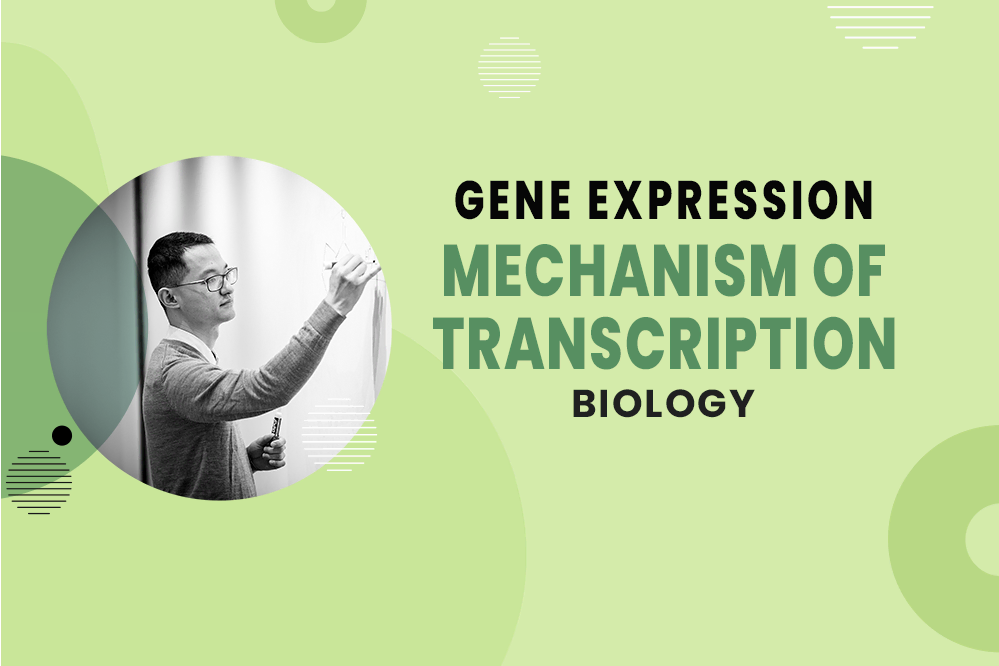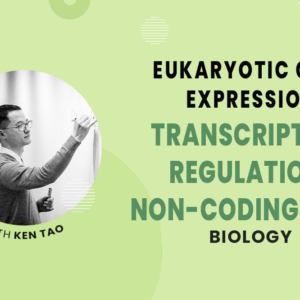In terms of peptide chain extension during the process of translation, which of the following is true?
a) The A site is where empty tRNA exits from
b) The P site is where new tRNA with amino acids bind
c) The E site is closer to the 3’ end of mRNA
d) The P site contains the growing peptide chain
Translation Step 1: Initiation
The first step of translation is initiation. The process of initiation is defined by the ribosome assembling around the target mRNA, and the tRNA attaching to the start codon. This process is different for both prokaryotes and eukaryotes. In prokaryotes, ribosomes bind to what is called the Shine-Dalgarno sequence. The Shine-Dalgarno sequence is a specific sequence of nucleotides before the start codon. In essence, this sequence recruits the ribosomes to the mRNA molecule. Also, in prokaryotes, unlike in eukaryotes, both transcription and translation coincide, meaning that before the RNA polymerase is finished producing the mRNA, translation has already begun (see Figure 1).

Figure 1. Transcription and Translation in Prokaryotes
In eukaryotes, ribosomes are recruited by the 5’ cap on mRNA. Recall that the 5’ cap is one of the post-transcriptional modifications that convert pre-mRNA into the mature form of mRNA. Furthermore, in eukaryotes, translation starts at what is called the Kozak sequence. The Kozak sequence is a nucleic acid sequence that functions as the translation initiation site in eukaryotic mRNA and contains the start codon. For the MCAT exam, it is important to be able to distinguish the Shine-Dalgarno sequence in prokaryotes from the Kozak sequence in eukaryotes. Also, in eukaryotes, transcription occurs in the nucleus, while translation takes place in the cytosol or on the membrane of the rough endoplasmic reticulum (see Figure 2).

Figure 2. Transcription and Translation in Eukaryotes
Translation Step 2: Extension (Elongation)
In eukaryotes, the start codon always codes for methionine with the nucleotide sequence AUG. When AUG is in the Kozak sequence, it will recruit a tRNA molecule with the amino acid methionine. After this occurs, the second step in translation, the extension or elongation of the peptide chain, is ready to take place.
Figure 3 shows three different sites on the ribosome that are essential for understanding the process of peptide chain elongation. There is the A site, the P site, and the E site. The A site is the site where the new tRNA with an amino acid binds. The P site is where the tRNA with the growing peptide chain binds. Lastly, the E site is where the empty tRNA molecule (without an amino acid) exits.

Figure 3. Translation Extension/Elongation
At the start of translation, the tRNA with the anticodon to AUG will bind to AUG. This tRNA is bound to methionine, and the site it occupies is the P site. A second tRNA with a different amino acid will bind to the next codon on the mRNA molecule at the A site. In step 2 of Figure 3, the peptide chain in the P site will attach to the amino acid in the A site. Once this attachment occurs, the ribosome will shift and move one position (3 bases, or 1 codon) forward along the mRNA transcript. Now, as step 3 shows, the peptide chain with two amino acids is occupying the P site, while the A site becomes empty. In step 4, the now-empty tRNA that got shifted down the mRNA will leave. In step 5, a new tRNA will bind to the A site, and the process will repeat itself.
Translation Step 3: Termination
At some point during translation, the ribosome will encounter one of three stop codons. It is important to note that the stop codons do not code for a tRNA. In other words, there is no tRNA with an anticodon that matches any of the three stop codons. Instead, a release factor protein binds at the stop codon (see Figure 4). When this happens, the ribosome/mRNA complex will become disrupted and break apart. This action will release the polypeptide chain and signal the end of translation.

Figure 4. Termination of Translation
Explore More
MCAT Masterclass Chapters
Take a closer look at our entire MCAT Masterclass or explore our Biology lessons below.
- MCAT Biology Operons & Prokaryotic Gene Expression Part 1 View Subject
- MCAT Biology Operons & Prokaryotic Gene Expression Part 2 View Subject
- MCAT Biology Mechanism of Transcription View Subject
- MCAT Biology Regulation of Gene Expression in Eukaryotes View Subject
- MCAT Biology Ribosome Structure & Function View Subject
- MCAT Biology The Genetic Code View Subject




